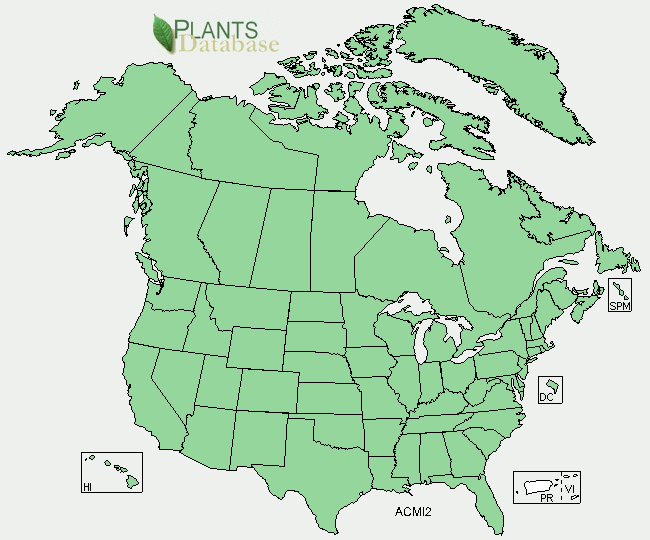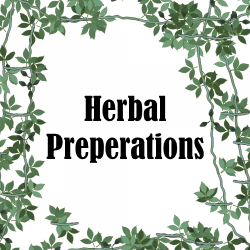Common Yarrow
(Achillea millefolium L.)
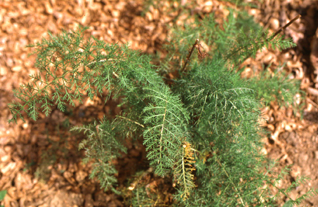
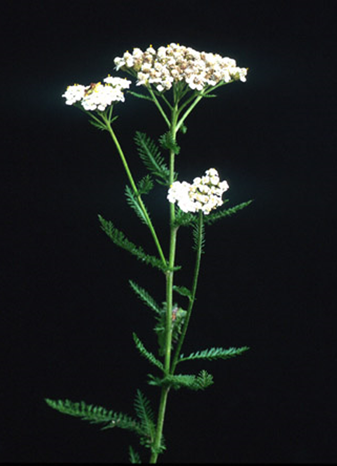
Photos Courtesy Ohio State Weed Lab Archive – Ohio State University
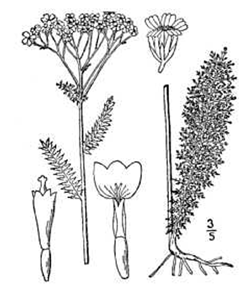
USDA-NRCS Plants Database / Britton, N.L., and A. Brown. 1913
An Illustrated Flora of the Northern United States, Canada and the British Possessions.
Common Yarrow (Achillea millefolium L.):
Bloodwort, Carpenter's Grass, Carpenter's Weed, Devil's Nettle, Devil's Plaything, Dog Daisy, Fernweed, Little Feather, Milfoil, Nosebleed, Old Man's Pepper, Sanguinary, Soldier's Woundwort, Squirrel Tail, Staunchgrass, Staunchweed.
It thrives in most climates, prefers dry soil, and even tolerates drought. Found in pastures, prairies, rocky shores, roadsides, waste areas, and field edges.
Description :
Finely-divided fern-like foliage, flat-topped clusters of small whitish flowers, and sage-like aroma. Most leaves form at the base of the plant resulting in what appears like a rosette. Late in the season several stems may rise from a single root crown. Stems are erect and may be a single stem or may fork, growing to a height of 2 feet. Leaves are grayish green 3 to 10 inches long, fern like, or feathery tipped with clusters of ¼-inch-wide flower heads, each consisting of 5 ray flowers surrounding 10 to 30 disk flowers. Flowers are usually white but may be pink or pale in mountain areas. Flowers develop from June until October. Common yarrow seeds are not topped with a tuft of hairs.
Food :
Was a very popular vegetable in the seventh century but its use as a herbal medicine has overshadowed its use as a food. Varies in taste and in potency depending on where it grows and at what stage of growth it is in.
• Young leaves are prepared the same as spinach.
• Young leaves are used in soup.
• Leaves can be dried and used as a herbal seasoning.
Medical :
Yarrow has been used for centuries as a herbal medicine. The most medicinally active part of the plant is the flowering tops. It was widely used during the Civil War to treat wounds because of its astringent effects. Native Americans used for a number of purposes: Traditionally, it was used for three types of ailments: applied topically, for wounds and minor bleeding; to reduce inflammation, especially in the digestive tract; and to alleviate anxiety or insomnia (as a sedative). The best time to collect yarrow for tea is right before the flowers are produced, using only the new succulent leaves.
• Astringent effects stop bleeding and helps wound healing. The plant is crushed and applied to wounds. Yarrow is extremely effective in healing wounds.
• Yarrow can prevent or stop the growth of microorganisms, which makes it an antiseptic used to fight inflammation and infection
• Infusions of yarrow, taken either internally or externally, are said to speed recovery from severe bruising.
• Chewed to relive toothaches
• Infusion poured into ears for earaches
• Relieves headache pain by inhaling steam from boiling stems and leaves.
• To reduce swelling
• Cold remedy
• Loss of appetite
• The leaves encourage clotting, so it can be used fresh for nosebleeds. The leaf is placed in the nose.
• Indigestion or heartburn, often used against gastrointestinal disorders and hepatobiliary disorders, or disorders which effect the liver and/or biliary tract.
• Known to decrease cholesterol
• To increase urine flow
• Flowers harvested in summer or autumn, and an infusion drunk for upper respiratory phlegm or used externally as a wash for eczema.
• Treatment for high blood pressure
• Amenorrhea (irregular menstrual cycle)
• Menstrual cramps and pain. It is an emmenagogue, meaning it promotes menstrual discharge.
• Inhale steam for hay fever and mild asthma.
• Muscle spasms
• Good at healing yeast infections and boils.
• Tea used to help sleep.
• Drink tea made from yarrow to reduce fever.
Distribution
